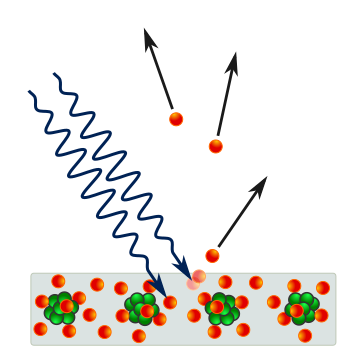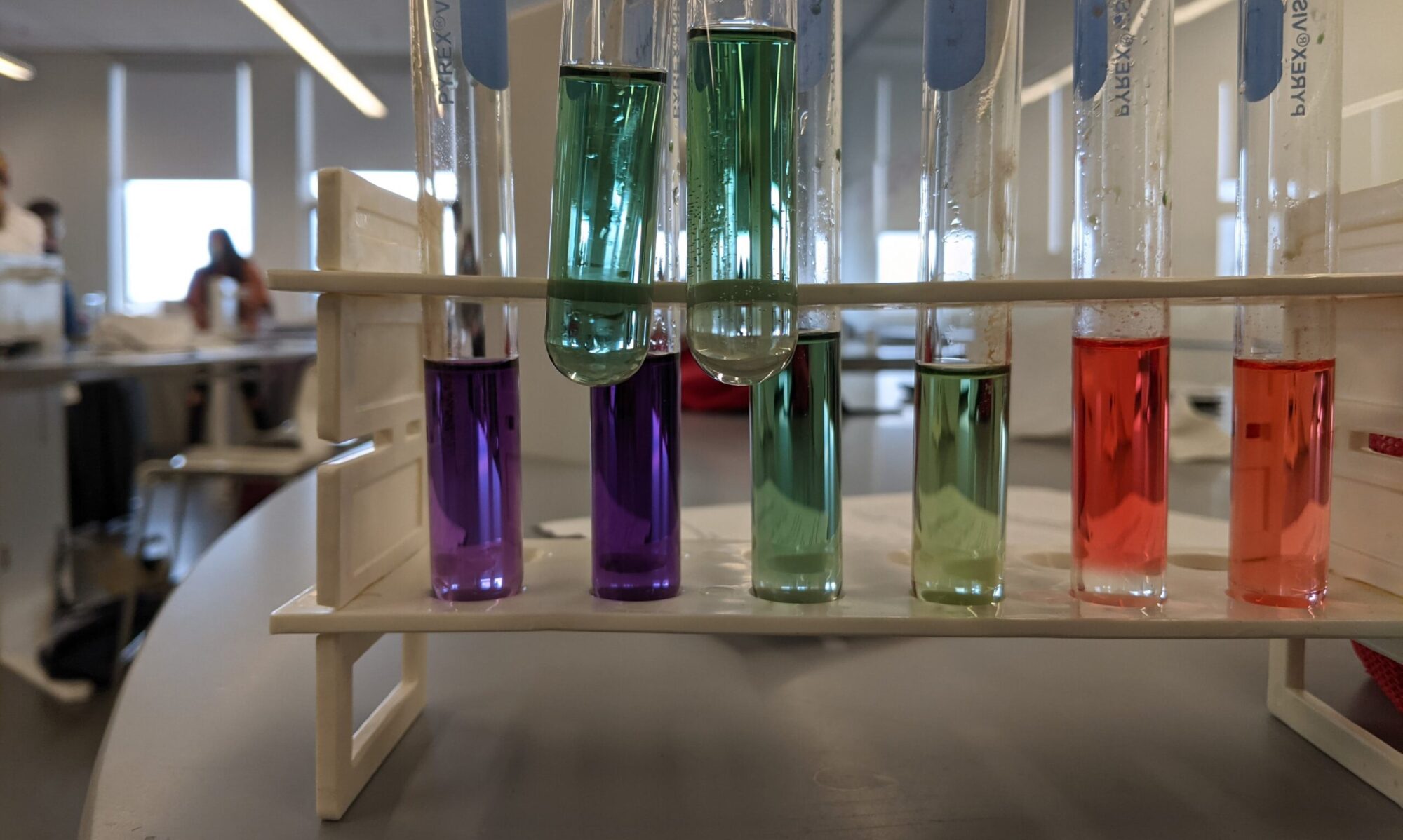Hydraulics and Pneumatics are great topics to teach children. First of all both words sound very impressive and when the children learn these words they will sound very important and knowledgeable if they use them. Also, hydraulics and pneumatics are used in many machines and in many everyday applications, therefore it is easy to show the importance of understanding these topics. One can easily show and explain the difference between hydraulics and pneumatics – a great “Compare and Contrast” analysis. Thirdly, there are many fun and impressive experiments that can be done with hydraulics and pneumatics in a very inexpensive way, with very accessible materials. And finally, since hydraulics and pneumatics is so useful, there can be multiple projects that children can actually build themselves. Thus weaker students and stronger science students can both do projects, yet with differing complexity. Here are some of the techniques I use in order to teach hydraulics and pneumatics to children:
Continue reading “Teaching Hydraulics and Pneumatics Unit to Children”Does frequency of light affect the current of the Photoelectric Effect?

This week, one of my students challenged my understanding of the photoelectric effect… Basically, he didn’t think that the current produced by the photoelectric effect should be affected by the frequency of the photons, but only by the intensity of the light. After a while, he convinced me – more photons per second (the intensity) should mean more electrons per second, but why would the speed of the electrons have an effect on the current?
However, from the PHET simulation of the photoelectric effect as well as the experimental results of a photoelectric device we have at school, it was obvious that current should be affected by frequency. I looked on the internet for a possible explanation… I couldn’t find anything reasonable. I even looked at the spectrum of our light used in the experiment, thinking that the intensity of the blue light was larger than the intensity of the red light – but no, that wasn’t the case.
So I asked an expert – Dr. Friesen, the professor responsible for the Modern Physics course at the University of Calgary. He was kind enough to reply with an incredibly clear explanation.
Continue reading “Does frequency of light affect the current of the Photoelectric Effect?”

